Category Archives: Uncategorized
Final project -About gender fine art installation
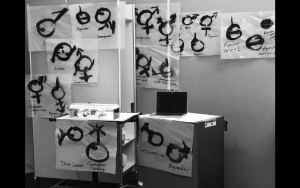

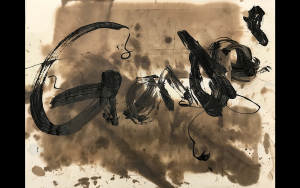

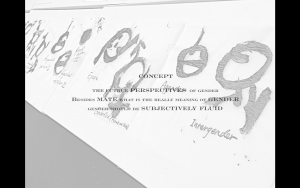

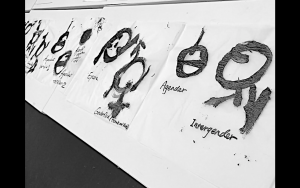
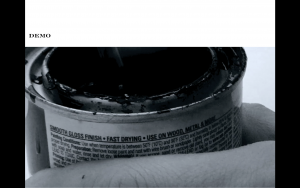


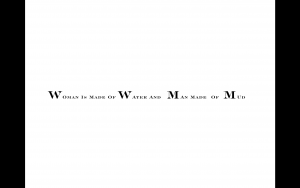

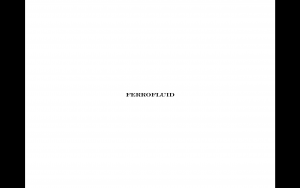
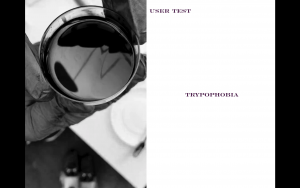
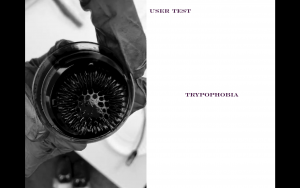
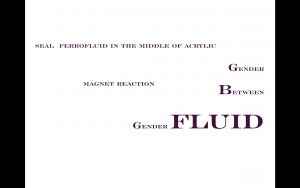
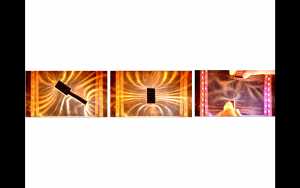
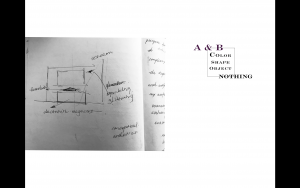
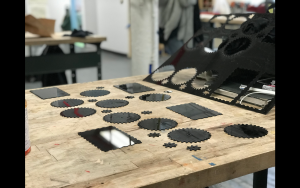
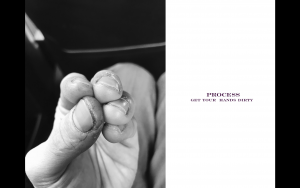
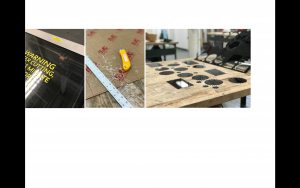
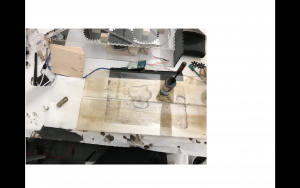
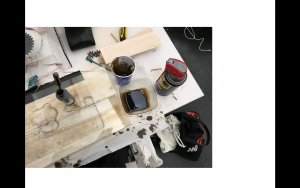
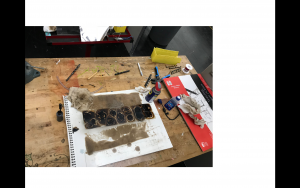


INSTRUCTABLE
Title.
About Gender-magnetic reaction & ferrofluid reaction learning.
Intended audience.
During the design process, subconscious was the word I was thinking and mentioned all the time, which means how I can send out more closely target messages base on using design language.This is actually a process of presenting an abstract information by combining with different design elements if using metaphor to describe it, it will be a storytelling or a literal computer language input and output. Furthermore, user testing and preinterview are also crucial, going whatever fine art piece or utility design product if define it for generalized the ultimate goal is to serve people thus the all-important is user experience.
I hope that people can explore a new cognitive or deeper thinking of the conception of gender during today and meanwhile have a variety outlooks of the implication of gender in the future
Materials list
Acrylic Broad Servo Arduino LED Lamp wood Ferrofluid Magnet
week 13 assignment
It was a memorable experience of making flip dot and I’m glad it worked. Yet the sowing process was super complicated.
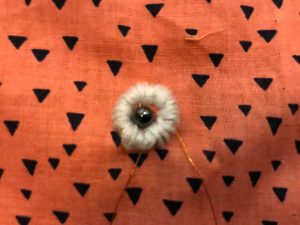
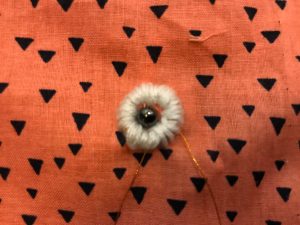
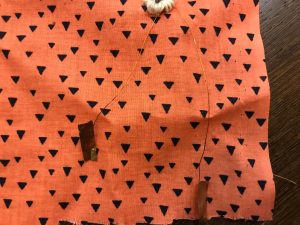
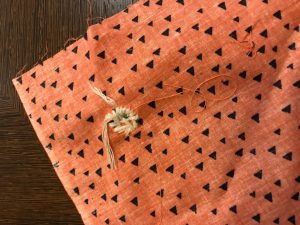
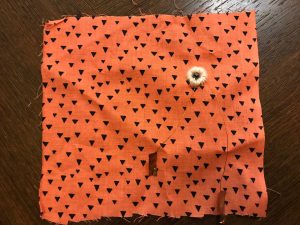
Week 11 Assignment
This week is about SMAs study.
1.front view
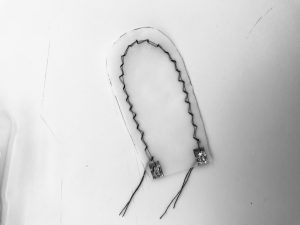
2.laterak view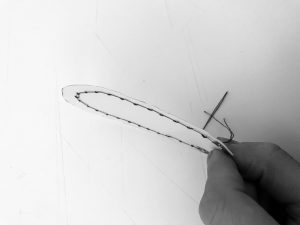
3.back view
Week 10 Assignment
For this week I did an illustration of gender investigation.
I used red pigment and transparent base for the redline and sowed it so that when the circuit is connected, the gap between gender conception will be heated up and disappear. 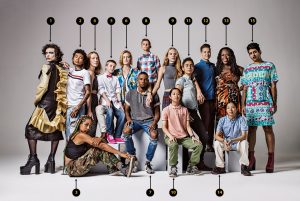
1. Harry Charlesworth, 20 anni, queer | 2. Asianna Scott, 20, modella androgina | 3. Memphis Murphy, 16, femmina transgender | 4. Angelica Hicks, 23, femmina etero | 5. Alex Bryson, 11, maschio transgender | 6. Morgan Berro Francis, 30, bi-gender | 7. Denzel Hutchinson, 19, maschio eterosessuale | 8. Eli, 12, maschio trans | 9. Ariel Nicholson Murtagh, 15, femmina transgender | 10. Lee, 16, transboy | 11. Pidgeon Pagonis, 30, persona non binaria intersessuale | 12. Shepard M. Verbas, 24, genderqueer non binario | 13. Cherno Biko, 25, attivista nera/trans | 14. Jules, 16, transboy | 15. Alok Vaid-Menon, 25, non binario.
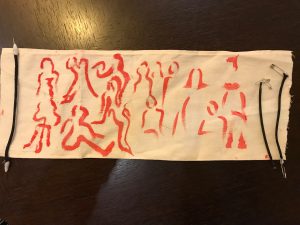
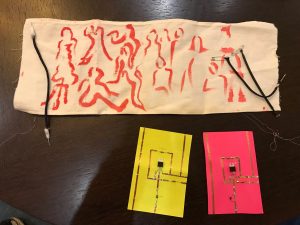
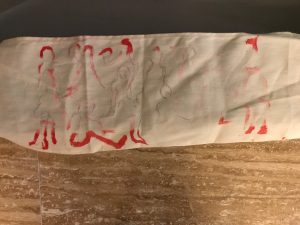
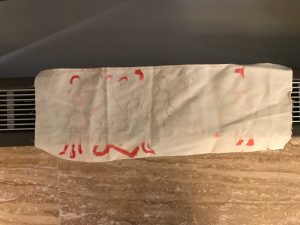
Week 9 Assignment
I decided to do speakers using sea feature of marine. Also the material of silver paper, the silver paper one is working, I have not testing the marine one yet, hopefully, it will work. 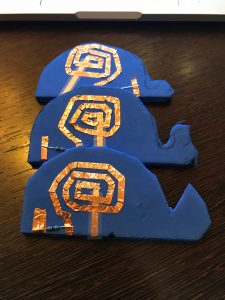

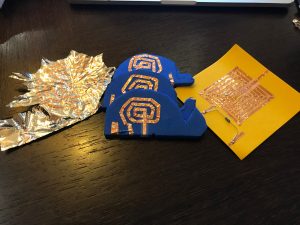
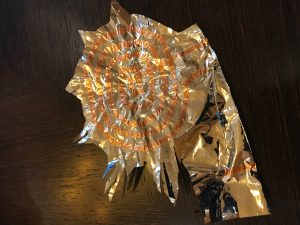

Week 8 assignments
- clip + paracord
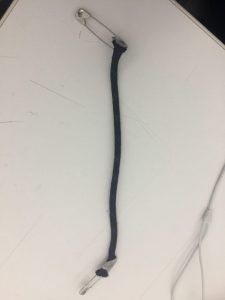
2. heat shrink + hook
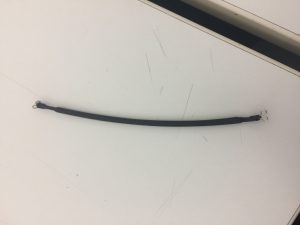
3.testing
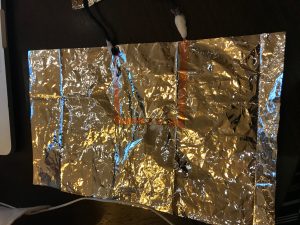
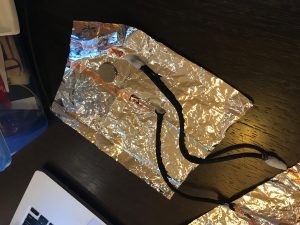
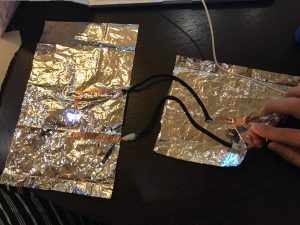
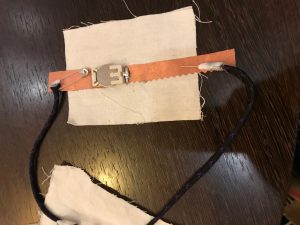
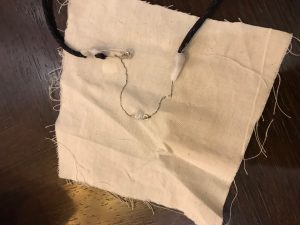


Andrew Sapala’s exercises for Computational Craft
Within this post I would like to share the work I made for Computational Craft’s homework. Featuring: speakers, thermochromic ink, connectors, motion project, and flip dot work.
Wire speakers
This assignment Liza taught us how to create our own flat-coiled speakers using conductive materials and magnets. This was a very challenging assignment due to the amount of coiled material used and how well crafted the flat speaker could be made. For the class lesson we constructed our own heat/ sound control circuits to use with the speakers.
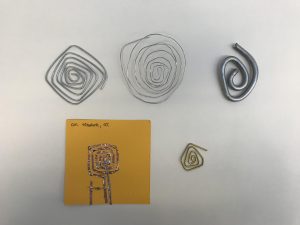
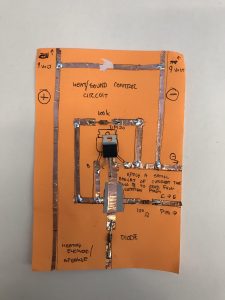
Thermochromic Ink
In class we were given pigmented dust called Thermochromic Ink that we could mix into acrylic paints. This way when connected to a heat source or circuit the ink itself would disappear. I created a message out of conductive thread saying “I love you.” Using the swatches I made from the acrylics mixed with thermochromic ink, specific colors disappeared while others did not, I believe this was because specific mixtures were incorrect. This would be a great material to use if you wanted to create ethereal messages for installations.
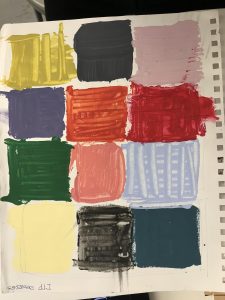
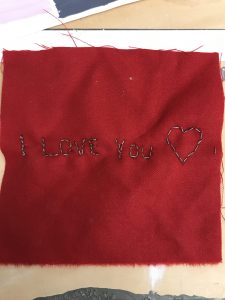
Connectors
This project I found to be incredibly useful, especially when you run out of alligator clips. Connectors can be made out of almost any material as long as the material is conductive. This opens up the possibility for really bizarre soft sculptures. I would like to continue this method of producing my own connectors for electrical components in my sculptures.
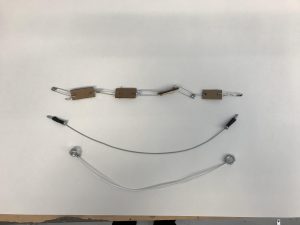
- Safety pins + conductive thread + cardboard
- Screw + gaff tape + aircraft cable
- 1/2″ nut + steel wire + rubber tubing
Motion Project
This assignment was about using flexinol actuator wire to create a small sculpture that moves. After the class demo, I wanted to create a flower-like piece that opens and closes when current runs and connects to the flexinol. Troubles with this project came from the wire not being “trained.” Trained is when the flexinol is coiled super tight and left in a springy form. When stretched, the flexinol attempts to recoil itself back to it’s trained form. I managed to create a pretty little paper flower, but only two of the petals actually moved. This would also be a useful material to use for small moving elements in a sculpture.

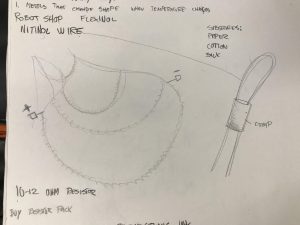
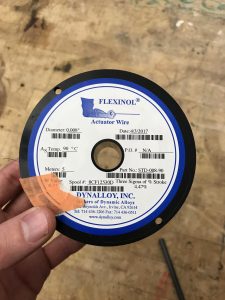
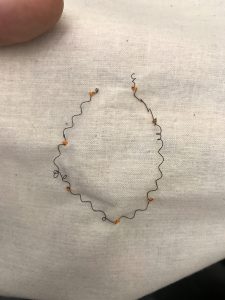
Flipdots
This was another very exciting project that once again introduces slight movement to materials when current runs through the circuit. We were given a very thin orange wire and instructed to create a tight (50) loop and circle the material around itself into a ring. Then carefully we used thicker threads to coat the metallic ring. Each of us were given a small magnetic bead and we attached the bead onto the surface of a colored textile connecting the bead and the ring, the bead sits in the cradle of the ring. When current runs through the ring, the magnetic bead gives off a flipping action. I thought that this assignment would be perfect for alien eye balls, or insect creature eyes, especially if there were multiple power sources.

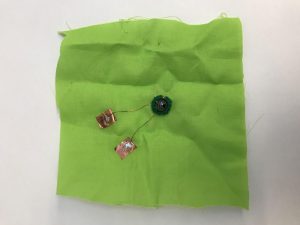
All assignments, one way or another have influenced my current body of work and I am trying to slowly implement each of these techniques into my robotic sculptures.
-AJS
Pigment
In this class, we have learnt the how to make color change when heats up.
I have tested all kinds of mixing pigment, however, the effect is not that obvious. Some of the painting are too thick, so cannot see the effect when heats up.

I found out the blue pigment mixed with white Acrylic is the most obvious one. So I painted it on a bigger size of paper, and made a sewing graphic of the cloud+ rain.

Finally, the blue color changed pretty well even people just make their hands on it. The color changed obviously. However, it does not work well when I layer down the cloudy graphic with the heat power.
What I have learnt?
The gap between the sewing graphic needs to be smaller, or even sew it in cross-lined. Because in this way, when power up the battery, the heat will not diffuse that quickly. If this layer can keep the heat well, then the cloudy graphic can be seen successfully.
Final – Owl Prowl
OWL PROWL!
Instructable: http://www.instructables.com/id/Owl-Prowl-1/
Concept: We constructed an alternative controller that explores physical gesture and its relationship to playful experiences.
Description: Owl Prowl is a four player competitive game played with alternative controllers. The four players must play as an owl character in the game space. Their goal is to catch the most mice before the time runs out. Each player uses a plushie owl to control their game owl. The game is played in the center of the frame, where the game is reared projected from a projector housed inside the structure. Each player stands on a corner of the structure, which also corresponds to their game space owls’ homes.
Reflection: Overall I had a lot of fun making Owl Prowl. I learned a lot of new skills such as learning how to use the sewing machine, learning how to make a plushie, and learning that people will be very aggressive even when playing with little owl dolls. It was very sad to see the plushies break after a few hours into the event at Babycastle, but it was an invaluable experience. I learned that people don’t really like to read the rules (or maybe we had to much text and it would be better to have rules in visual form) and that making controllers to appear more intuitive. We noticed players were using the controllers has joysticks rather than spinning their head maybe because the soft owl heads made it more joystick-like.
Challenges: Making the plushies as sturdy as possible. Deciding on the game. We spent 13 hours trying to figure out what the game would be (we were trying to make a game with flip dots). In the end, we planned on creating something that would be way too much to do within the allotted time.
Future Iterations: Reiterate on the controllers
